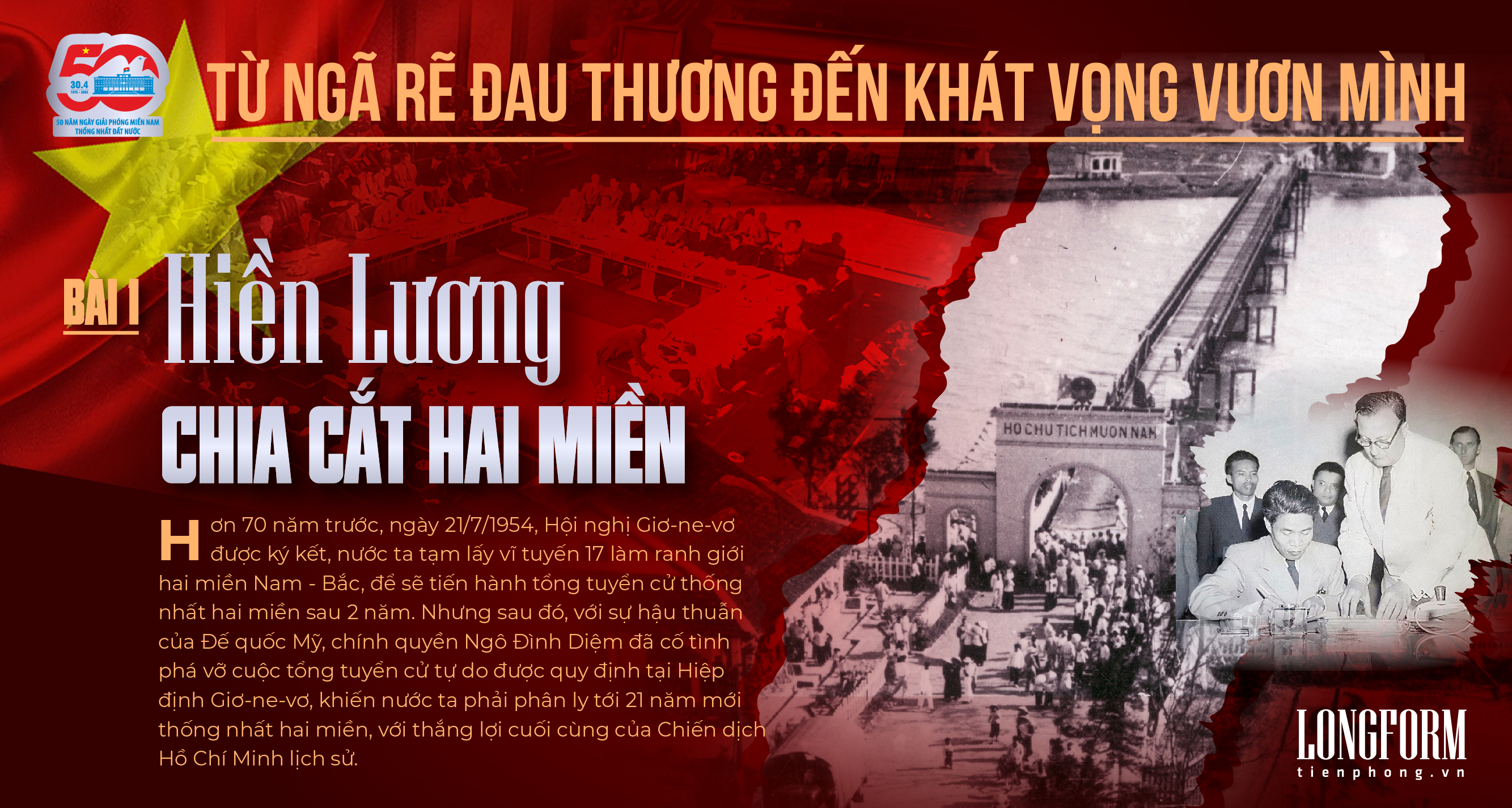
Nearly a year ago, I had the opportunity to meet Mrs. Ha Thi Ngoc Ha, former Vietnamese ambassador to Chile, daughter of ambassador Ha Van Lau at her home. In the past, Mr. Ha Van Lau was a member of the negotiating delegation of the Democratic Republic of Vietnam (DRV) at the Geneva Conference. At that meeting, Mrs. Ha showed me the book “Ha Van Lau, the person who traveled from the wharf of Sinh village”, a memoir of the late ambassador Ha Van Lau written by writer Tran Cong Tan, published in 2004.
The book "Ha Van Lau, the man from Sinh village" |
In this book, Ambassador Ha Van Lau recounted that in 1954, at the Geneva Conference, negotiations were underway to demarcate the border. At that time, Deputy Minister of National Defense Ta Quang Buu and Mr. Ha Van Lau were assigned by the delegation of the Democratic Republic of Vietnam to meet Major General Den-tay and Colonel Bre-bit-xong, representatives of the General Command of the French Union Army in Indochina, to discuss the demarcation of the temporary border dividing the North and South regions at which latitude?
Mr. Ha Van Lau (right cover) attended the Geneva Conference. Photo: TL |
At that meeting, Deputy Minister Ta Quang Buu said: "We need a complete area with a capital, seaport, economic and cultural center from the 13th parallel onwards." Then he analyzed that from Quy Nhon onwards was our long-existing Inter-Zone 5 free zone, so temporarily dividing Vietnam along the 13th parallel was the most appropriate. But Major General Den-tay and Colonel Bre-bit-xong did not agree, they demanded to take up to the 18th parallel all the way to Dong Hoi ( Quang Binh ), because they needed Highway 9 to communicate with Laos.
Overview of the Geneva Conference Photo: TL |
In the following days, Deputy Minister Ta Quang Buu and Mr. Ha Van Lau continuously fought with Den-tay and Bre-bit-xong about the demarcation line. These two cunning generals and colonels always bargained for “one less, two more”, trying to use the 18th parallel as the demarcation line to their advantage. Finally, we negotiated down to the 16th parallel to get Da Nang and the ancient capital of Hue, but the French representative still refused.
Deputy Minister of National Defense Ta Quang Buu, representative of the Vietnam People's Army Command and General Den-Tay, representative of the French Armed Forces Command signed the Geneva Agreement. Photo: TL |
From July 10 to 20, 1954 was the final stage of the negotiations. The delegations worked very urgently to resolve key issues. Finally, at the meeting on July 20, 1954, the heads of the delegations from England, France, the Soviet Union, China and the Democratic Republic of Vietnam agreed to take the 17th parallel as the demarcation line.
And on July 21, 1954, the Geneva Agreement was signed, temporarily dividing Vietnam into two regions, North and South, with Hien Luong Bridge located on the 17th parallel in Vinh Linh district (Quang Tri) as the temporary military demarcation line. After that, the two regions had to be unified before July 1956 by a free and democratic general election.
VIDEO: VTV |
However, before and after the Geneva Agreement was signed, the US imperialists were determined to replace France, intervening more and more deeply in the war of aggression against Vietnam. On July 7, 1954, the US brought Ngo Dinh Diem back to be the Prime Minister of South Vietnam, creating the premise for this newly established cabinet to break the Geneva Agreement. A year later, in July 1955, the Ngo Dinh Diem government blatantly declared that it would not negotiate a general election to unify the two regions. In October 1955, Ngo Dinh Diem held a referendum, deposed Bao Dai and became President of the Republic of Vietnam (RVN).
Hien Luong Bridge seen from the North bank. Photo: TL |
With strong support from the US, the Ngo Dinh Diem government organized the suppression of resistance fighters and patriots in the South, intensified campaigns to denounce and destroy communists, and opposed the aspirations of true Vietnamese people for independence and unification of the two regions. The whole South was immersed in an atmosphere of terror, when many party members, cadres and the masses were imprisoned, exiled and killed. Despite many losses, violence could not extinguish the patriotism, the will to fight for independence, freedom and the determination to unify the North and the South of the Vietnamese people. And the fight of the army and people of the North and the South to protect the Geneva Agreement and protect the socialist North took place fiercely on the banks of the Ben Thuy River (Vinh Linh, Quang Tri).
Hien Luong Bridge becomes a historical relic |
To divide the North-South border, Hien Luong Bridge was divided into two parts, the northern part was painted blue, the southern part was painted yellow. From here, Hien Luong Bridge became a historical relic, witnessing the silent battles between the desire for peace of the Socialist North and the Southern government of the Republic of Vietnam.
In those silent battles, at both ends of Hien Luong Bridge, the “flag battle” was the most intense. At the north of Hien Luong Bridge, when the red flag with yellow star of the Socialist North was raised, patriotic people on both sides of the North and South cheered with joy. The US and the Republic of Vietnam government were surprised by this event, and quickly raised their flag on the south bank of Hien Luong Bridge, 35 meters high, higher than our flag.
Not to be lower than the enemy flag, our Government built a flagpole 38.6 meters high, raising a flag 134 square meters wide. A cabin was arranged at the top of the flagpole for our soldiers to stand and hang the flag. Continuously for many years, after a number of battles, every time the flagpole was broken, the flag was torn by bombs and bullets, a new flag of ours was immediately raised, expressing the aspiration for independence and national unity in the place where the country was divided.
Loudspeaker system on the North bank of Hien Luong Bridge. Photo: TL |
In addition to raising the flag, the "sound war" at both ends of Hien Luong Bridge also took place very fiercely. Here, we and the enemy both built a loudspeaker system to broadcast their information during the war after dividing the border. On the northern bank of Hien Luong Bridge, we built a loudspeaker system divided into clusters, each cluster had 24 25W speakers facing the southern bank, to broadcast daily programs of the Voice of Vietnam and Vinh Linh Radio about the Party's policies and guidelines, the superiority of the Socialist North. In addition to political information, there were also programs of the mobile radio cultural team, cultural and artistic programs performed by Northern artists.
On the other side of Hien Luong Bridge, the Republic of Vietnam government also installed large-capacity loudspeakers manufactured in Western countries, broadcasting loud information every day to overwhelm the sound from our loudspeaker system. In response, we installed eight additional 50W loudspeakers, twice as large as the old ones, and also equipped an additional 250W loudspeaker manufactured in the Soviet Union. This loudspeaker system, after being installed, overpowered the loudspeakers on the south bank of Hien Luong Bridge.
VIDEO: VTV |
In early 1960, the Saigon government installed a modern loudspeaker system made in the US with high capacity, each time the sound system could be heard up to ten kilometers away. In response, we also added 20 50W speakers, 4 250W speakers to counter. But more special, we were equipped with a large loudspeaker with a diameter of 1.7 meters, 500W capacity. This loudspeaker was placed on a mobile vehicle, when the wind was favorable, the sound could be heard for more than ten kilometers. With the loudspeaker system installed north of Hien Luong bridge, our information, propaganda, military and enemy operations were significantly improved.
A speaker with a 1.7 meter diameter rim and 500W capacity appeared on the North bank of the river. Ben Hai . |
Despite facing the enemy's deliberate sabotage of the terms of the Geneva Agreement, our army and people are still ready to fight at the painful "crossroads" dividing the border, accepting hardships no matter how long it takes, to realize to the end the aspiration for peace and national unification.
(To be continued)
Content: Kien Nghia | Graphics: Kieu Tu



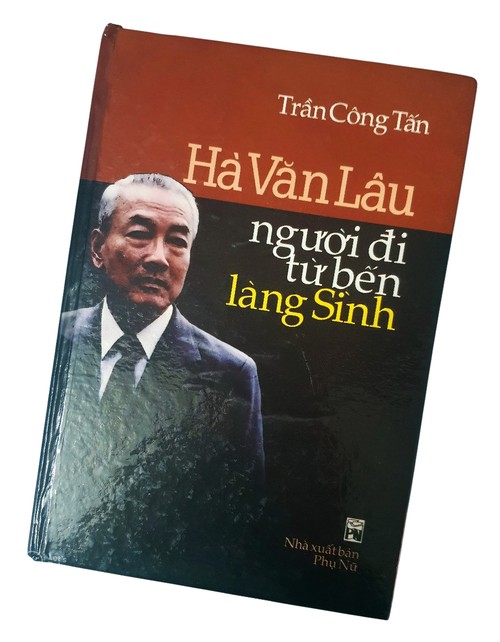

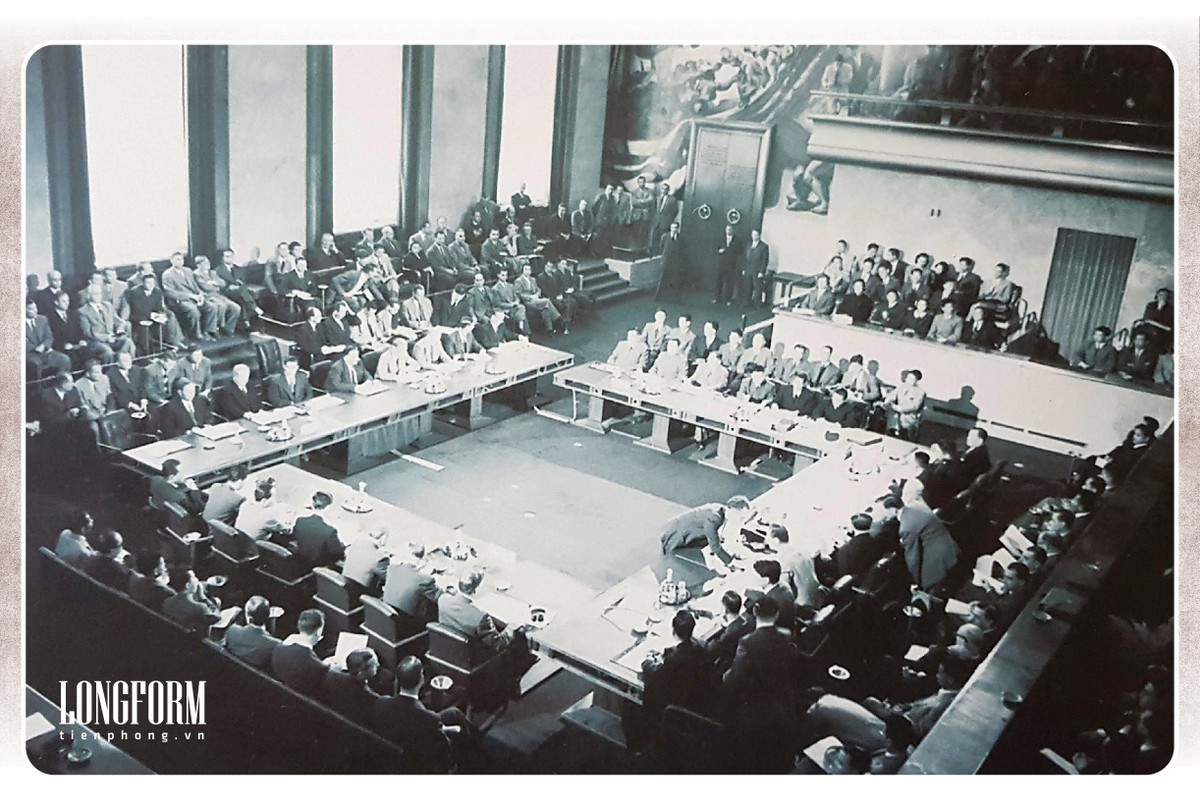
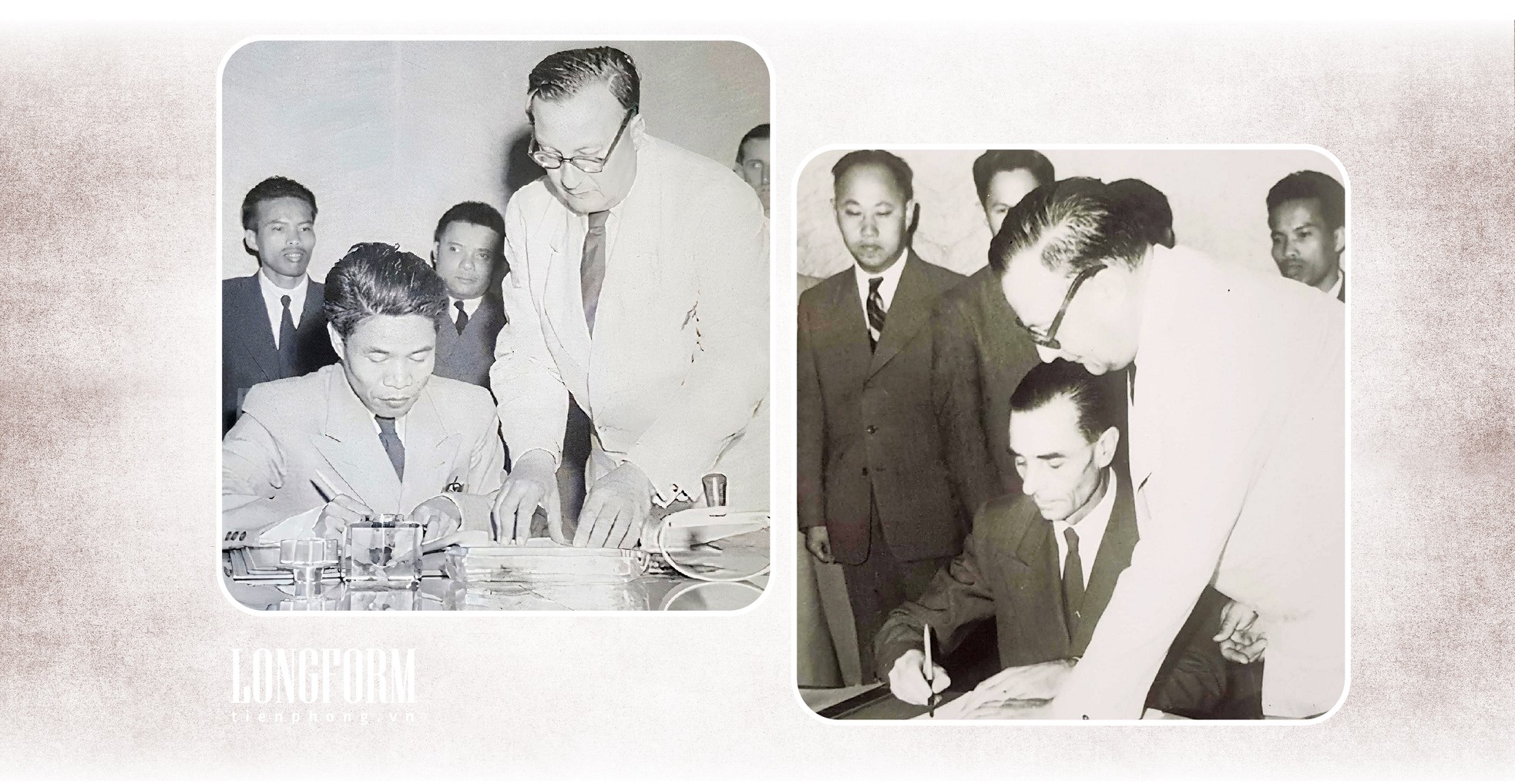

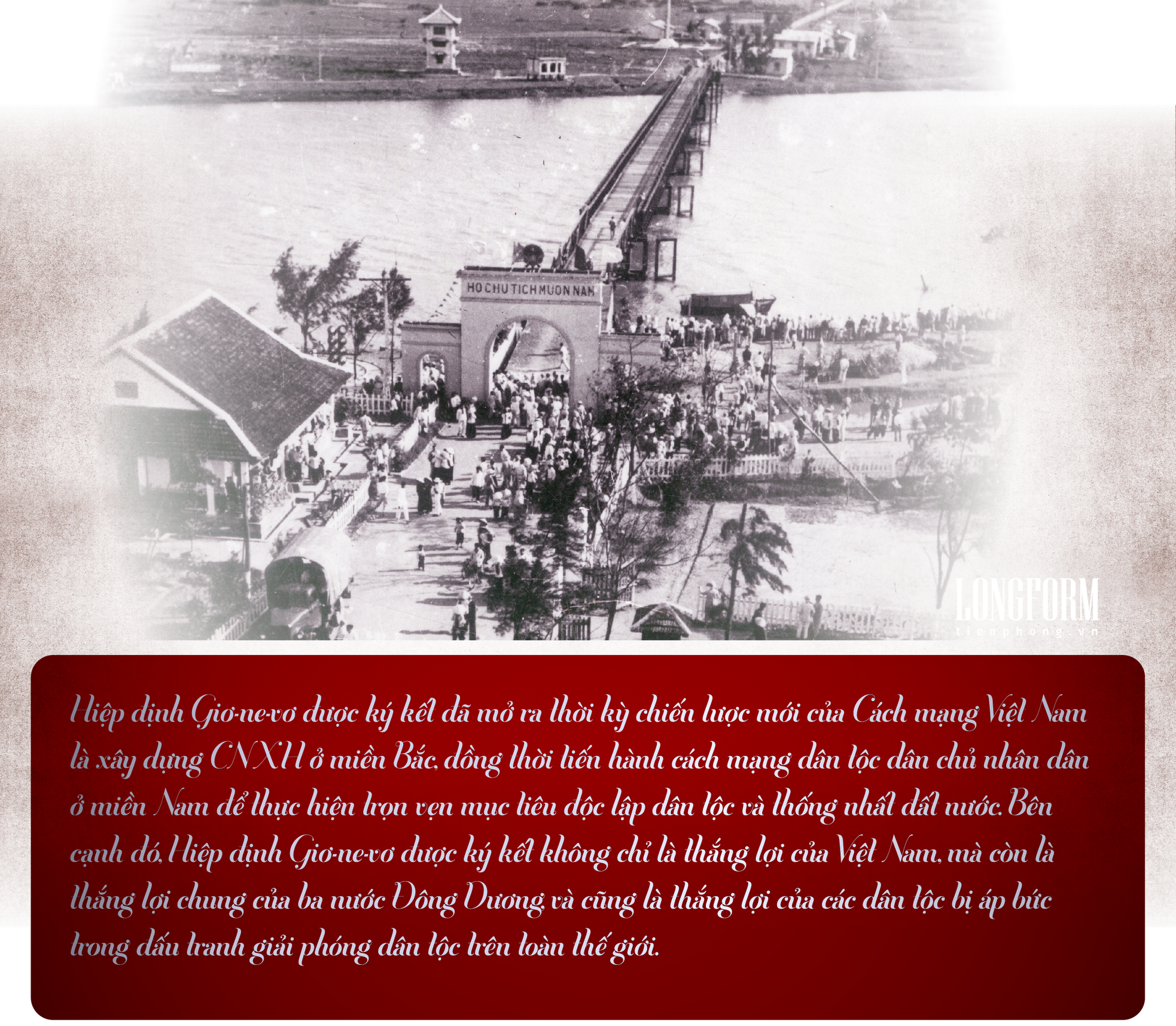
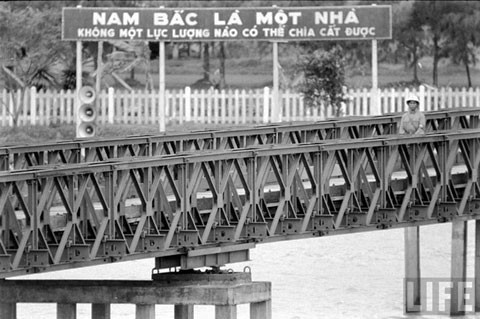
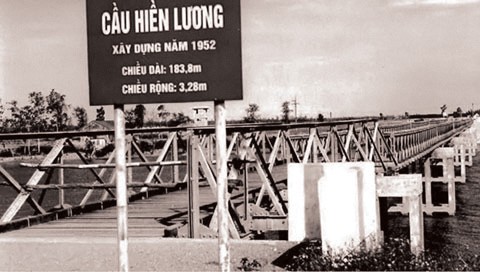
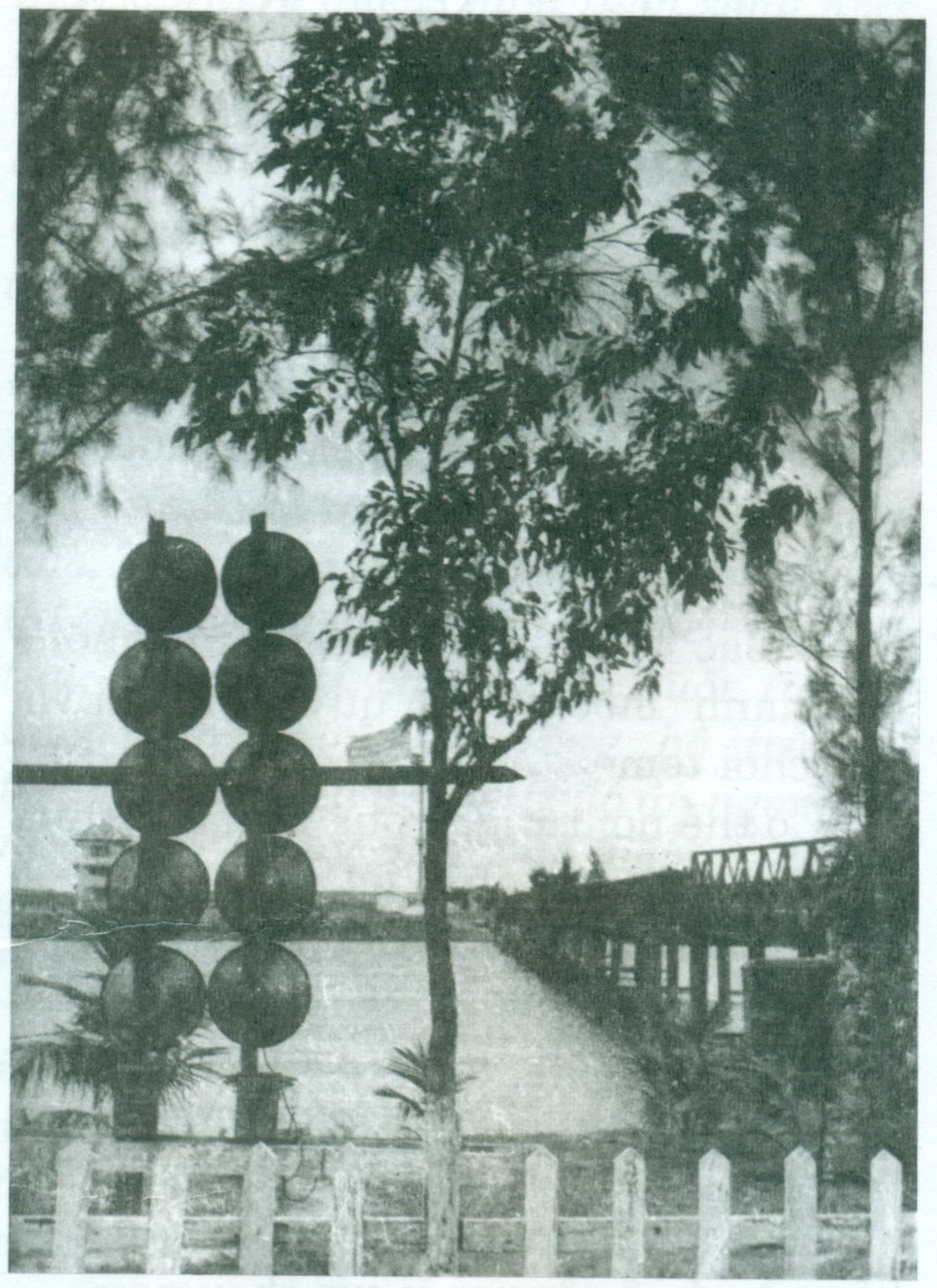
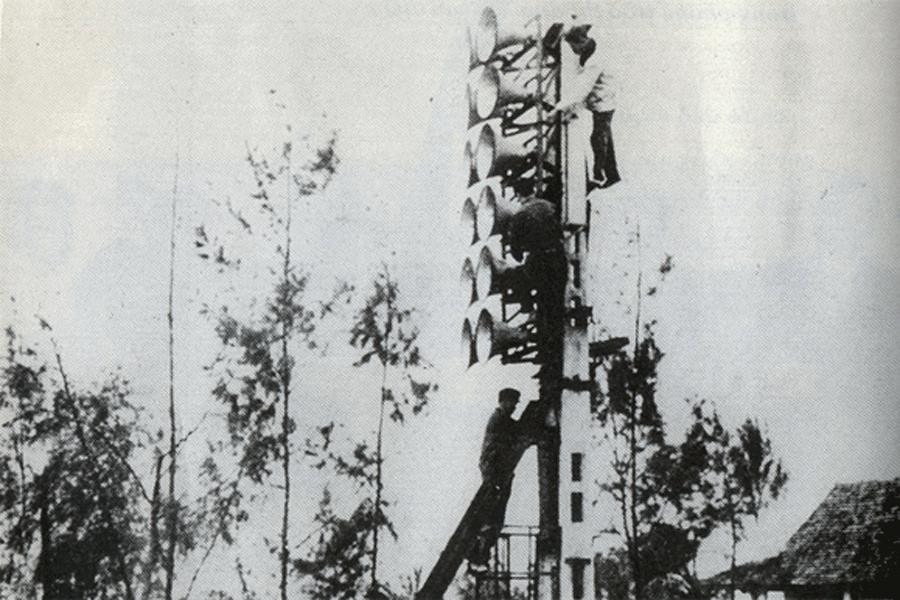
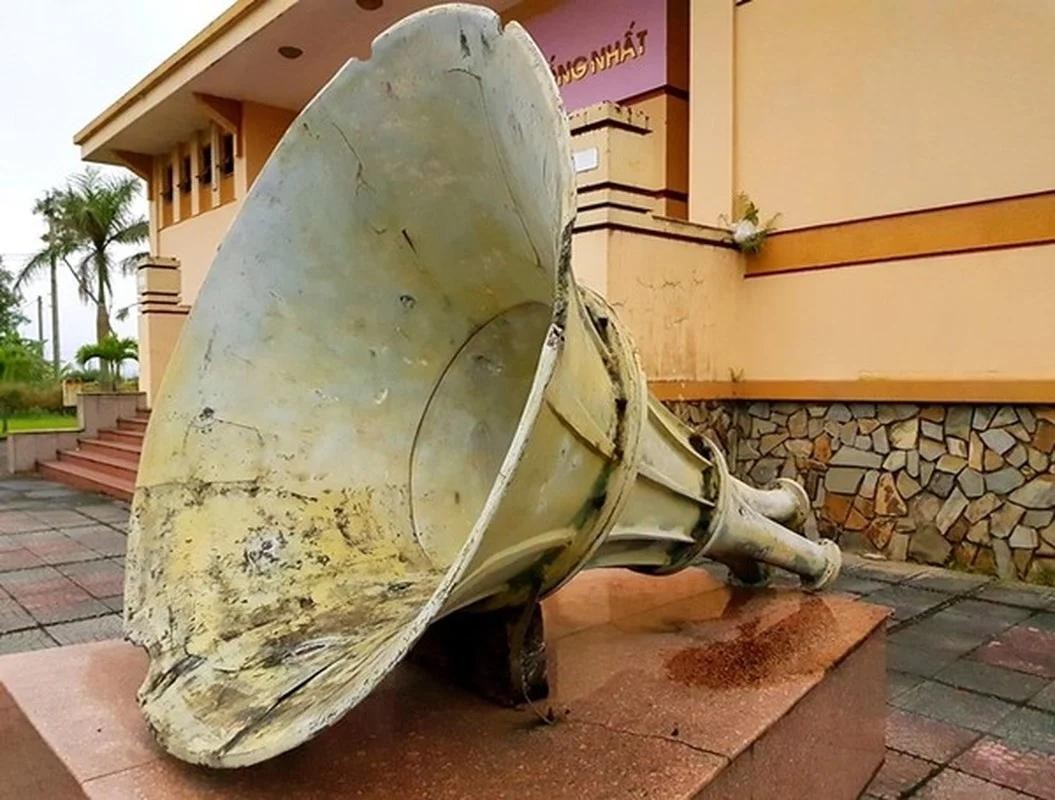



![[Photo] Urgently help people soon have a place to live and stabilize their lives](/_next/image?url=https%3A%2F%2Fvphoto.vietnam.vn%2Fthumb%2F1200x675%2Fvietnam%2Fresource%2FIMAGE%2F2025%2F12%2F09%2F1765248230297_c-jpg.webp&w=3840&q=75)

![[Photo] General Secretary To Lam works with the Standing Committees of the 14th Party Congress Subcommittees](/_next/image?url=https%3A%2F%2Fvphoto.vietnam.vn%2Fthumb%2F1200x675%2Fvietnam%2Fresource%2FIMAGE%2F2025%2F12%2F09%2F1765253019536_a1-bnd-0983-4829-jpg.webp&w=3840&q=75)
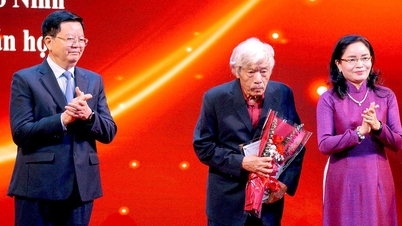

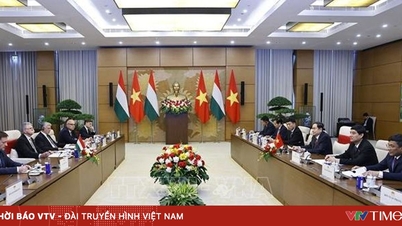


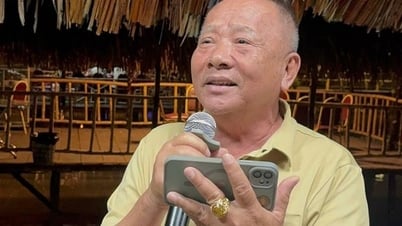

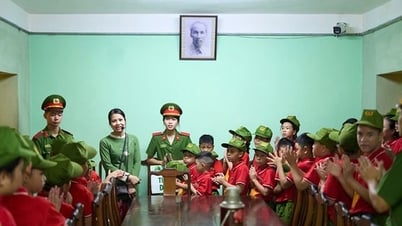

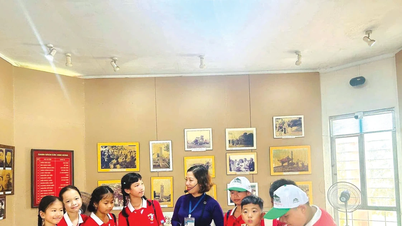



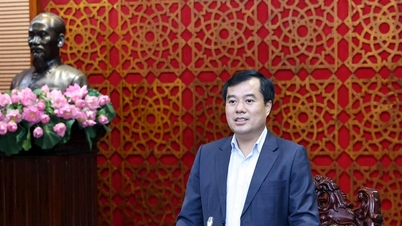


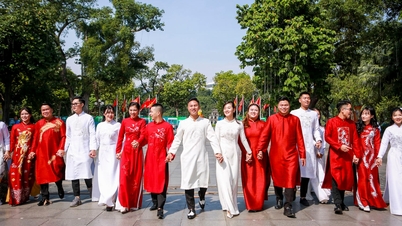



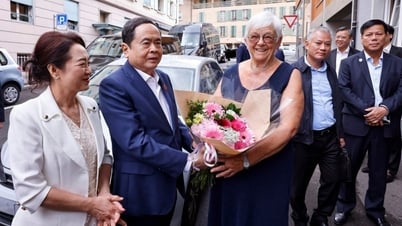





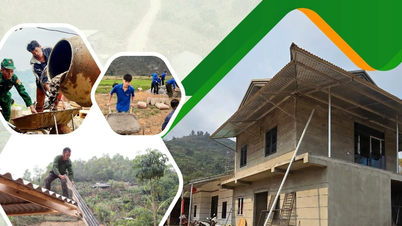


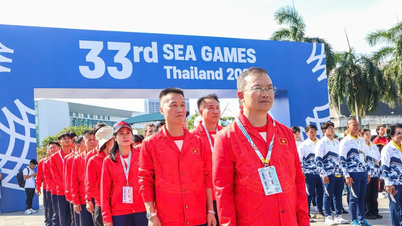

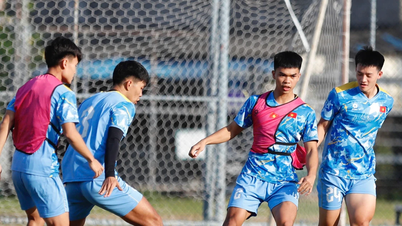
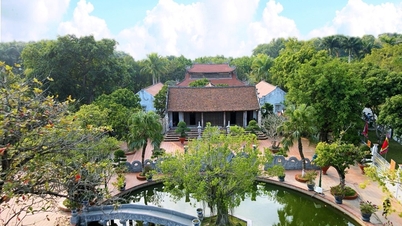

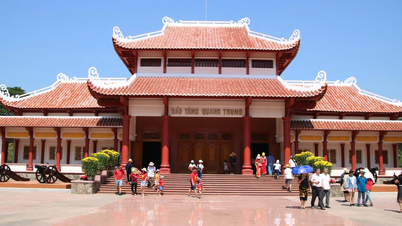
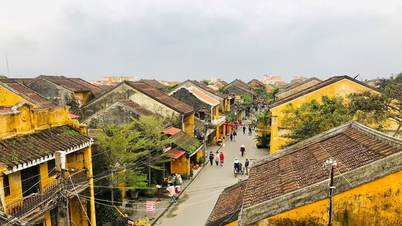

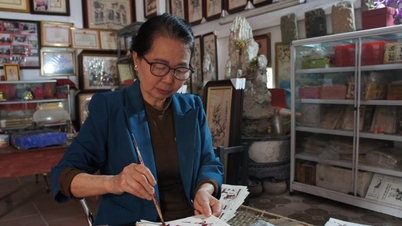

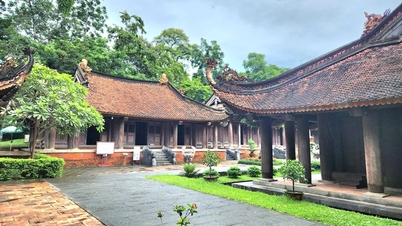
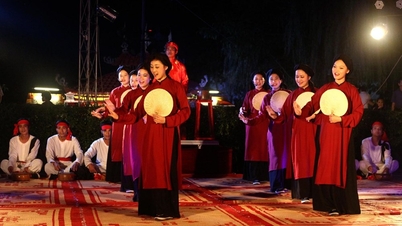


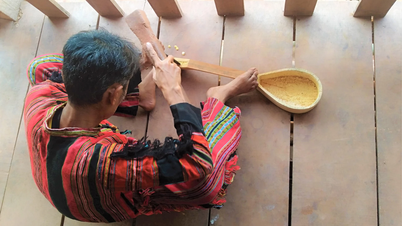
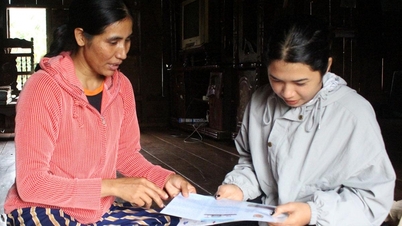

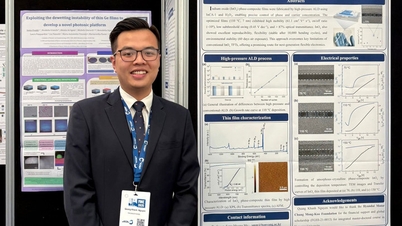





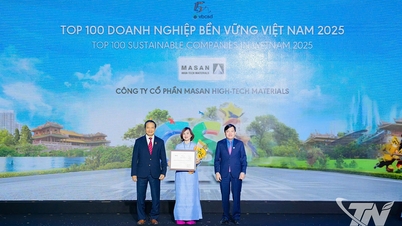

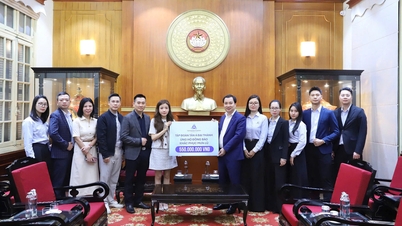

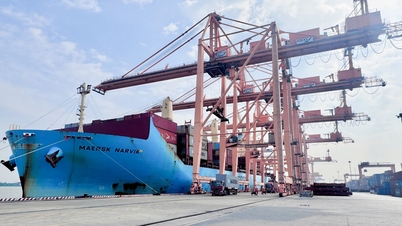




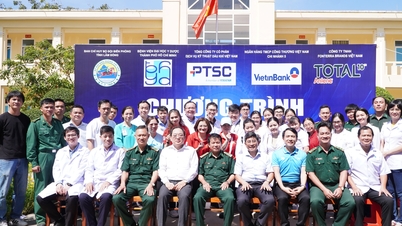






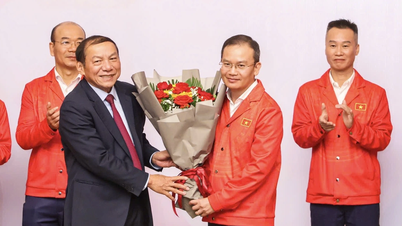


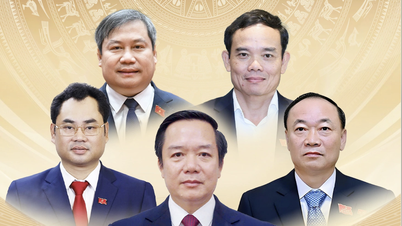


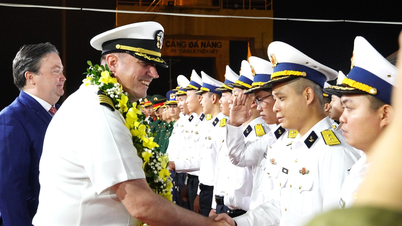
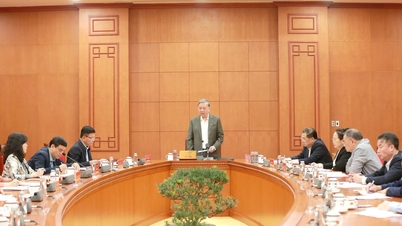

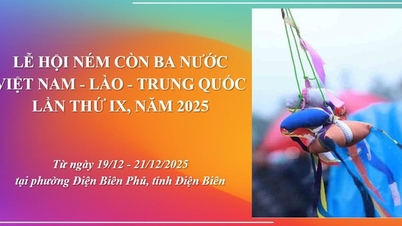




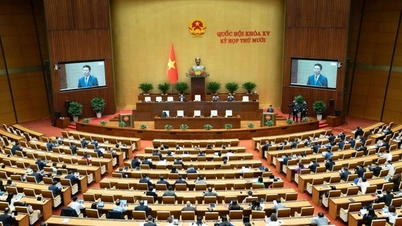



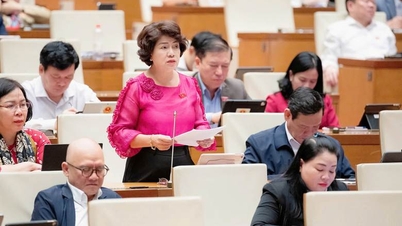

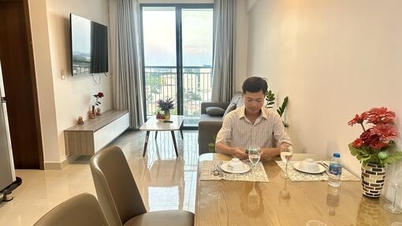

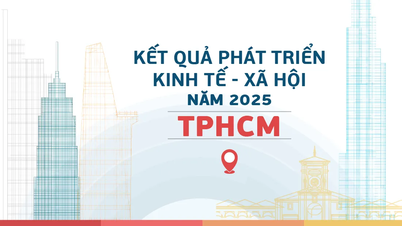



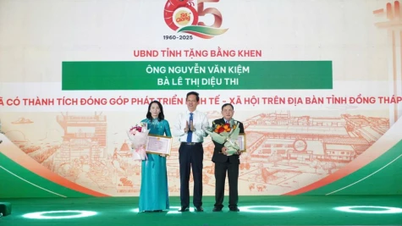


















Comment (0)